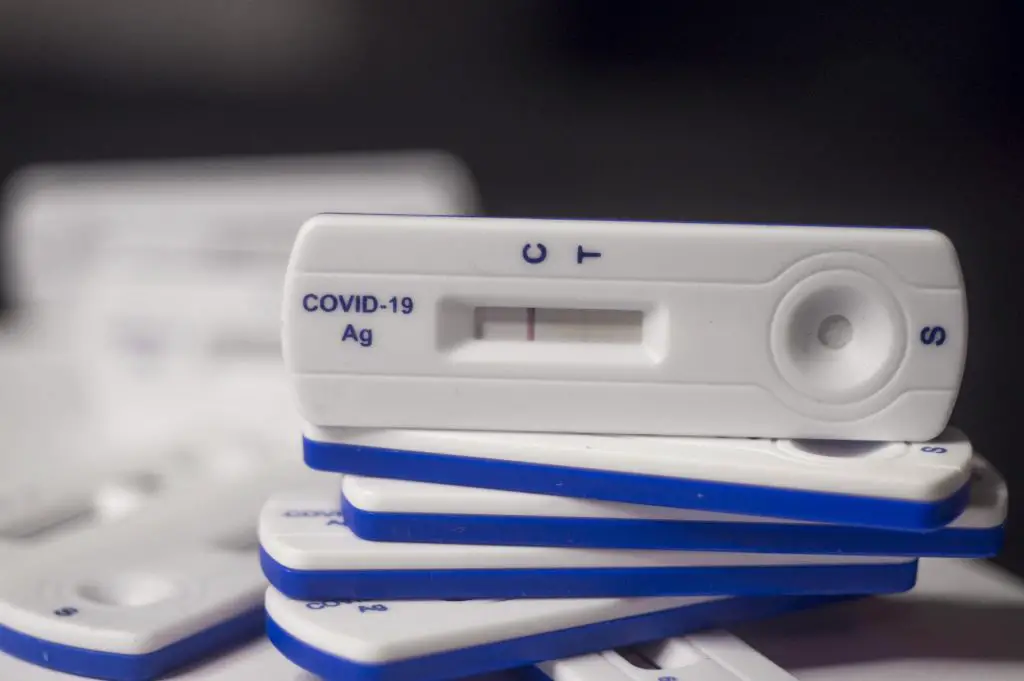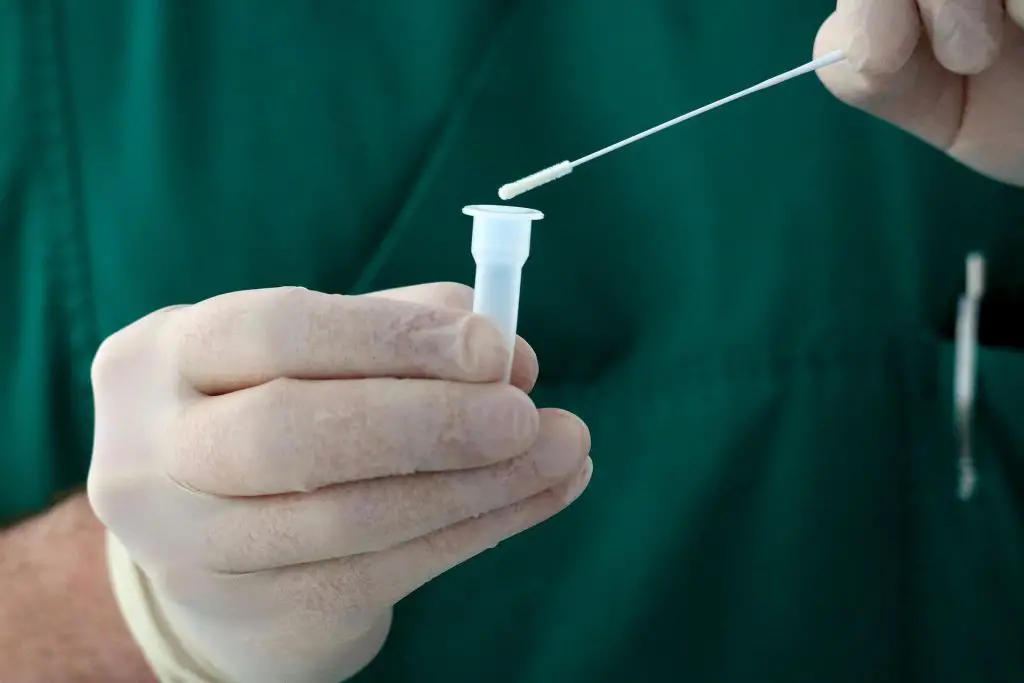If you have the COVID-19, can you ever leave your isolation? Can you guarantee that you are no longer infectious if you resume your previous activities outside the home?
It’s difficult. Be aware that the Centers for Disease Control and Prevention’s recommendations are complex but somewhat perplexing.
The CDC revised those recommendations on August 11; there are some new details, which we’ll explain below, but one aspect remained the same: You are not required to have a negative coronavirus test in order to come out of isolation. This topic has generated controversy. Several infectious disease specialists stated that they think COVID patients should have a negative result from an instant antigen test before being released from isolation. The CDC continues to offer that as a choice, but does not specifically advise against it.
Experts advise remembering that each individual and each case of COVID is distinct. How ill someone will get or how long they will be contagious are not things that can be predicted with certainty. The recommendations provide a broad framework. However, patients should consider their circumstances, priorities, and resources when determining risk.
You May Also Like: How To Test For Monkeypox And What Next
If I have COVID-19, how long should I isolate?
The tricky characteristic of the coronavirus, is that it can spread even before an individual with the infection exhibits symptoms. The peak period of virus shedding typically begins one to two days before symptoms start to manifest and lasts for two to three days after.
Later in the course of the illness, a person is less likely to transmit the virus, but it is still possible. According to research, people typically shed viruses that can be cultured in a lab for eight days after testing positive, which is a good indicator of the possibility of spreading the virus.
In a different study, scientists from the University of Massachusetts Chan Medical School discovered that 30% of patients tested positive on a rapid antigen test even 10 days after a sensitive PCR molecular test had confirmed their infection.
However, a positive test does not guarantee that a person will transmit the virus to another person. Furthermore, experts claim that even if a person is still testing positive, transmission after 10 days is extremely unlikely. But if a person continues to test positive, they might want to keep masking their face and avoid getting close to people who are extremely vulnerable.
The CDC advises patients to remain isolated for a minimum of five days. If your symptoms have improved and you haven’t had a fever for at least 24 hours without taking any fever-reducing medication, you can come out of isolation on Day 6. To assist people in calculating this, the CDC has a calculator on its isolation and quarantine webpage.
A potentially confusing detail: The CDC states that the first day of your isolation is the day after you experience symptoms or test positive. Day 0 would be Monday afternoon, and Day 1 would be Tuesday (for example).
The CDC advises wearing a well-fitting mask through Day 10 if you must be around people at home or in public, even if your test results are negative. Avoid traveling.
A take-off-your-mask option is provided by the new guidance published on August 11: after the five days of isolation, receive two consecutive negative tests. It’s crucial that the tests are spaced 48 hours apart.
After the initial five days of isolation, if the test is positive, you should stay in isolation for a total of 10 days.

Shouldn’t I have a negative rapid test result before I emerge from isolation?
The CDC advice on this is unclear. It doesn’t say specifically that you need a negative test to come out of isolation.
However, a lot of experts believe that antigen tests, also known as quick at-home tests, should be used to end isolation.
President Biden experienced this when he tested negative twice before coming out of isolation. Additionally, experts note that compared to last December, when the CDC issued this advice, rapid tests are more easily accessible.
Tom Inglesby, director of the Johns Hopkins Center for Health Security, wrote in an email, “Given that a significant portion of people do have a rapid positive test after five days, I think an updated recommendation should include people having a negative rapid test before coming out of isolation for coronavirus.” From December to April, he served as the senior adviser on testing for the Biden administration.
If the rapid test results are negative, should I repeat it?
If you test negative on a rapid antigen test on or after Day 5, according to Barczak, “you are unlikely to be contagious to other people.”
An additional test is not a bad idea for people who have particular concerns about spreading the virus. Clinicians occasionally advise a second rapid test in symptomatic patients to be certain. Biden, for instance, underwent two negative tests before making his initial exit from isolation.
Rapid test expert Michael Mina, a former infectious disease epidemiologist and immunologist at Harvard University, suggested that two tests taken 24 hours apart might offer added security similar to a second lock on your door. “Two tests in a row is just better form, better protection, than one negative test,” the saying goes if people have access to tests.
When should you perform a PCR test rather than a quick test at home?

A molecular test called a PCR scans for the genetic makeup of the virus. The tests are able to identify even the smallest amounts of a virus, long before you have enough of it in your body to infect others. However, they are not useful in determining whether you are contagious to others, according to Albert Ko, an epidemiologist and infectious-diseases physician at Yale University. They are more useful early on as a confirmatory test to see if you are sick with covid-19.
The CDC advises that you get tested right away if you experience covid-like symptoms. It is highly unlikely that you have covid-19 if your PCR test results are negative and you have symptoms.
You might want to get additional confirmation that you aren’t infected if you had close contact with someone who had covid but tested negative after a rapid test. You may then perform a PCR test, Ko advised. The majority of PCR tests need to be analyzed in a lab, and the process can take a few days.
The average healthy person’s PCR test will remain positive for longer than they are actually contagious, according to Barczak, so getting tested after getting sick is not really a good idea.
PCR tests are less practical than rapid antigen tests for quickly determining whether you can transmit the virus. An antigen test will be more accurate if you have symptoms because your body is producing more virus for detection. However, even those who show no symptoms may test positive on a quick antigen test and pose a threat to others. Most at-home tests that use samples taken with a nasal swab produce results in 10 to 20 minutes.
Rapid tests, which are essentially contagiousness tests, give results quickly, so people should use them just before going to indoor events or large gatherings, even if they feel fine and have no symptoms. This is especially true if they anticipate being around people who are more susceptible to covid-19, including those with weakened immune systems or other people who are more vulnerable to contracting an infection.


